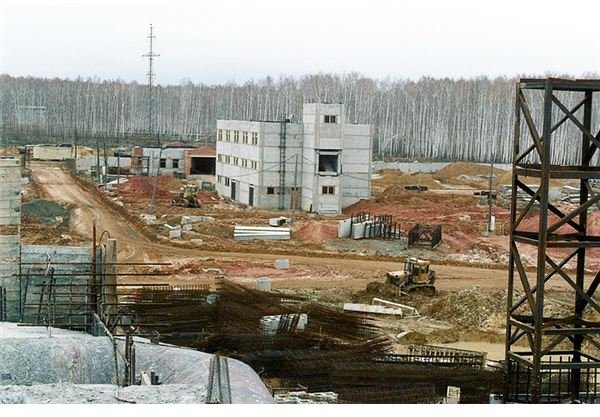Tips on the Guidelines to Establishing a Project Procurement Plan
A Project Procurement Plan Can Become a Vital Part of a Project

Establishing a project procurement plan, which will streamline procurement of services and goods from suppliers external to any project, is quite often a critical path of a project. The performance of these suppliers not only reflects on the performance of the project, but also establishes the quality standards for the project. Therefore, it becomes imperative that performance of suppliers are monitored carefully right from the time they are established to the time when they finally deliver the contracted products or services. These steps are essential guidelines to establishing a project procurement plan.
Image Source: Wikimedia
How to Establish a Project Procurement Plan
A project procurement plan basically identifies the products and services you need from external sources. Once you have made such a list, you also need to establish the complete process you will go through before you finalize the contracts with these external suppliers or sources. It is only when this is done that you have a satisfactory project procurement plan enabling you to tie into the scheduled time frames for the project. You also need to ensure that along with the plan, all the delivery schedules fit into the requirements and timelines of the project.
Steps to Establish a Project Procurement Plan
Here are important guidelines to establishing a project procurement plan:
- Identify the services and products that you need from external suppliers.
- Draw up detailed specifications and delivery schedules based on the master plan for the project and the client’s requirements.
- Get approval of these specifications and delivery schedules from the project management team.
- Identify suppliers who can meet these requirements.
- Complete the process of implementing purchase orders after agreeing on methods, products, and delivery schedules.
- Set up the procedures to receive, inspect, and verify the products and services to be received.
- Arrange for warehousing if JIT (Just in Time) standards cannot be met.
- Arrange for payment to be made to suppliers.
Other Aspects of a Project Procurement Plan
A good procurement plan should also have dispute mechanisms in place as well as testing devices or labs and an approved budget for all procurement activities. This enables the project management team to arrange for the necessary cash flow required for the procurement activities. Quite often this could involve monetary advances, opening lines of credit, and other methods to finance the procurement activities. Budgets need to be tied to the schedule of the project and correct planning also ensure that product and service suppliers start deliveries when they are ready to be inducted into the project. This aspect plays a very vital role so that money is not unnecessarily blocked up in materials that have been received much in advance of their actual needed date, which in turn may also lead to warehousing costs. Project procurement plans also need to have clearly laid down accountability and responsibility policies as well as communication guidelines for all the personnel who participate in the process.
Liaisons with the project management team are vital at all times and must be formalized with regular meetings and updates to ensure that all information is shared. Delays in procurement activities quite often lead to project failures. Therefore, the guidelines to establish a project procurement plan become especially important.